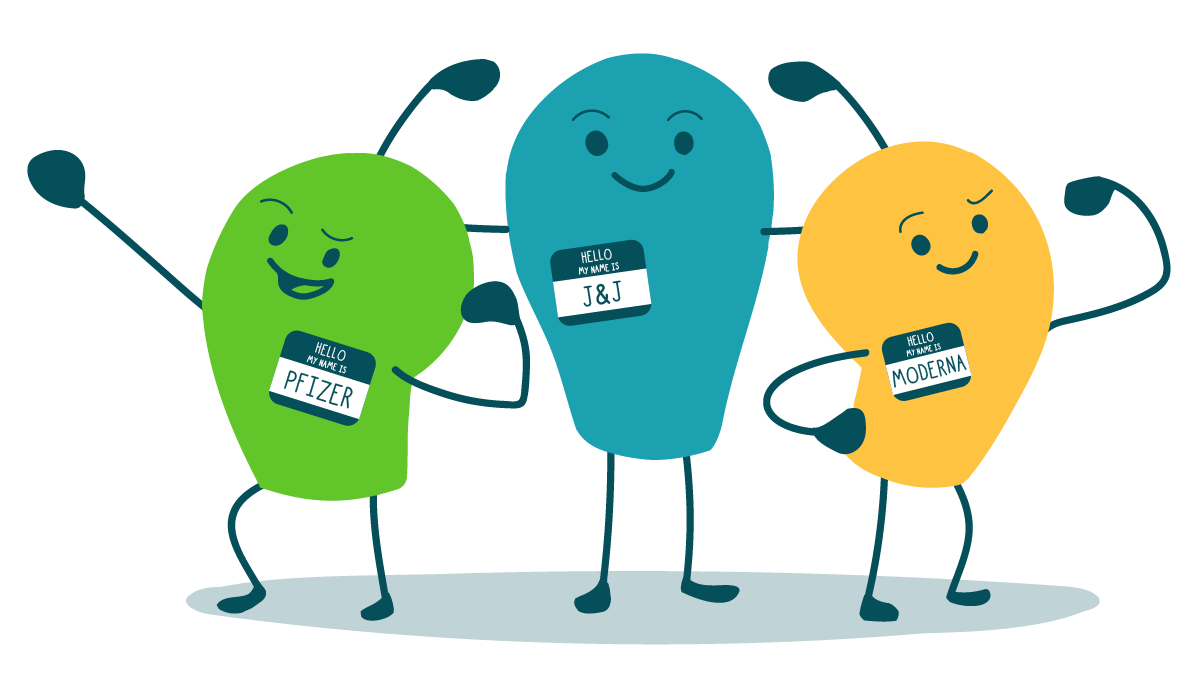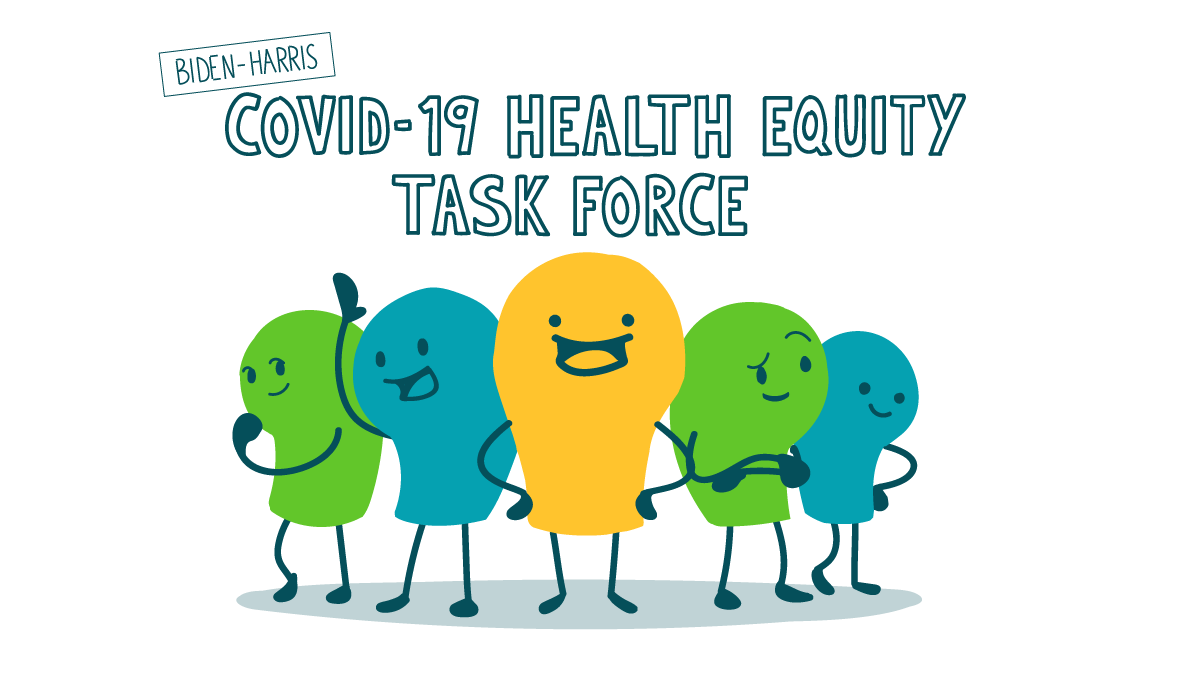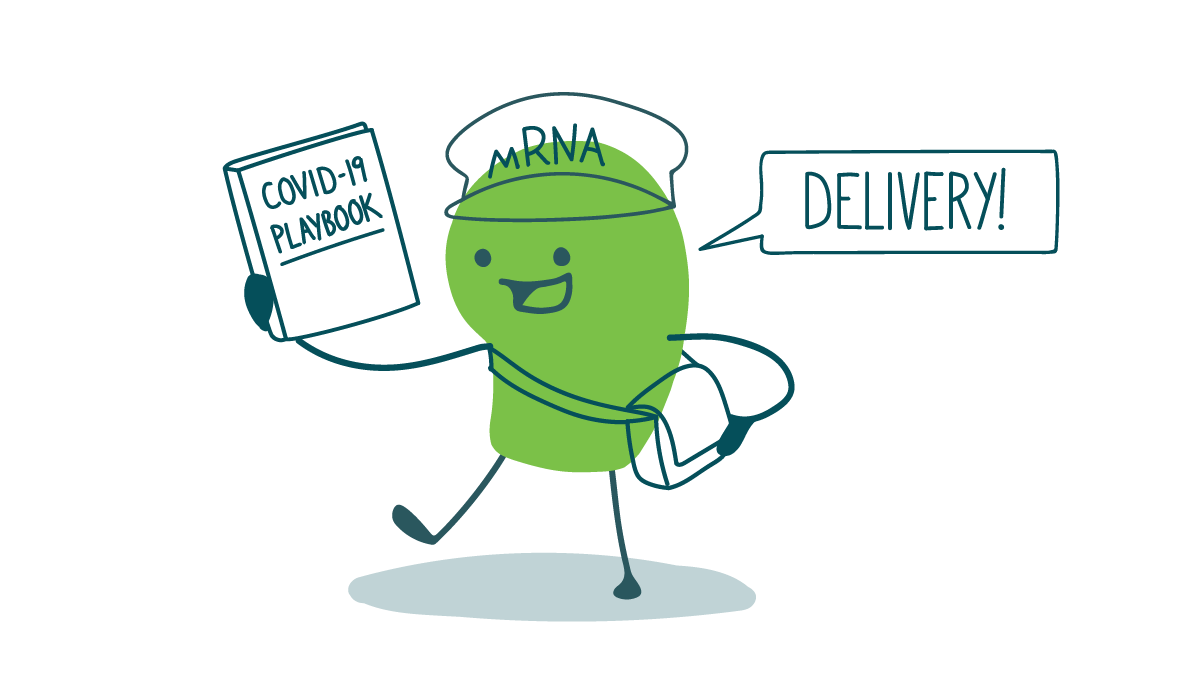
This week, we want to bring your attention to a content strategy nugget that we’ve been mulling over lately. It’s a bit nerdy, but we figured our fellow content strategy fanatics out there would be interested. So let us talk, dear readers, about the lovely symbiotic relationship between key and sample messages.
First, quick refresher on key messages. A key message is a short sentence or 2 that conveys exactly what you want your audience to know. Your elevator pitch, so to speak. Every communication product (or campaign or what have you) needs at least 1 key message — otherwise, we’d all just be blathering into the void.
Here are some examples of key messages:
- The We ❤ Health Literacy newsletter offers practical guidance for making health information easy for people to understand and use.
- Wearing a mask whenever you’re around other people can help slow the spread of COVID-19.
- Cat Heads Across America is uniting stakeholders nationwide to find a cure for the curse of cat-covered craniums.
So once you’ve got your key messages nailed down, your work is done, hey? Well, not so fast. Because depending on the project, it may also be helpful to develop some sample messages at this stage. That way, teammates and partners can easily jump in and use these sample messages for specific channels, activities, or audiences — and you can rest assured that your key points won’t get mangled in a game of telephone.
Here are 3 potential sample messages for the key messages above:
- Calling health literacy advocates everywhere! Sign up for our newsletter today to get tips for creating easy-to-understand health information.
- Help #SlowTheSpread of #COVID19 by wearing a mask every time you need to be around other people.
- We’re committed to finding a cure for cat head by 2030. Check out our Cat Heads Across America campaign to join the conversation!
See how the key and sample messages join forces to flesh out in more detail what you’re working with? The sample messages may home in on different situations, audiences, and platforms — but they all clearly map back to the original key messages above.
Sample messages are especially useful in planning outreach campaigns. They can help stakeholders and collaborators get on the same page and understand how you’ll actually use your key messages to communicate with your audiences across channels.
The bottom line: The next time you’re developing key messages as part of your content strategy, think about inviting some sample messages to the party, too.
Browse recent posts


